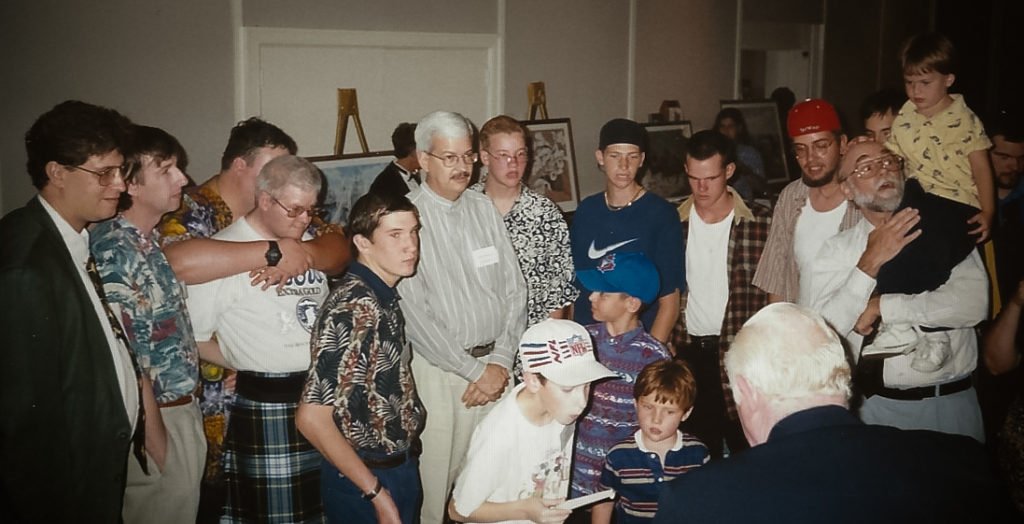ACRC Accomplishments
In 2015, the AXYS Board of Directors voted to approve the development of the AXYS Clinical and Research Consortium (ACRC). The two goals that AXYS defined at that time were to improve the availability and the quality of services to the X&Y variation community. As the ACRC grew, the original goals were refined to be as follows:
- Make life easier for those seeking evaluation and treatment.
- Bring consistency to treatment that is consensus and/or evidence-based.
- Advance the overall X&Y variation field through coordinated efforts including research.
- Bring clinical excellence to the field of X&Y variations.
Though each clinic operates independently, as members of a consortium, they collaborate with one another, share informational resources, and have the opportunity to participate in joint research projects.
In addition, AXYS organizes annual meetings of the consortium at which members meet to discuss topics important to the X&Y chromosome variation community. AXYS works to ensure that all families impacted by any of the chromosome variations have access to the best available evaluation and treatment or treatment recommendations.
Timeline of the ACRC
(Click on the year to see the accomplishments for that year.)
• AXYS brought on Robby Miller as an experienced consultant to assist AXYS in creating the ACRC
• The formation committee, Dr. Tartaglia and Susan Howell of the eXtraordinarY Kids Clinic in Colorado, Jim Moore the AXYS Executive Director and Robby met. The consortium was formed.
• First ACRC meeting held in Denver
• AXYS Clinical Needs and Desires survey, supported by AXYS, Emory University and PCORI began
• AXYS Clinical Needs and Desires survey concluded. Results presented to ACRC by lead investigator Dr. Sharron Close
• Launched with 8 founding clinics: Atlanta, Baltimore, Chicago, Denver, Los Angles, New York, Stanford, Wilmington
• ACRC meets in Denver
• Discussed need for Adult clinics
• Added clinic in Wake-Forest
• ACRC meets in Chicago
• Began Consensus Documents
• Added clinic in Philadelphia
• ACRC meets in Atlanta
• Conducted study to pilot a process to form clinics for adults, funded by the WITH Foundation Grant. Study led by Sharron Close at Emory University and Susan Howell at Colorado Children’s Hospital.
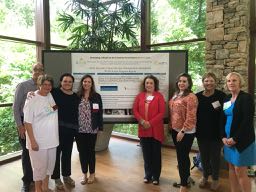
• AXYS awarded grant from the Kosloski Family Foundation to create CME course on Klinefelter Syndrome in Adults
• Added clinics in Boston and Cleveland
• First virtual ACRC meeting
• Held quarterly ACRC meetings with dedicated discussions on telehealth, Families of Color and Adult clinics
• Added clinic in New York, second clinic in Philadelphia for adults
• Added first international clinics in Vancouver, Canada and Århus, Denmark
• Expanded ACRC to include clinical researchers:
-
- Megan A. Allyse, PhD. Mayo Clinic, United States
- Christine Disteche, PhD, University of Washington, United States
- Claus Gravholt, MD, PhD, Aarhus University Hospital, Århus, Denmark
- Armin Raznahan MD, PhD, National Institutes of Health, United States
- Sophie van Rijn, PhD, Leiden University, The Netherlands
• Published first Consensus Documents
• Added international clinic in London, UK
• Supported by grants from AXYS and The XXYY Project, GALAXY Registry project launched
• The XXYY Project launches ACRC Clinic Visit Stipend
• ACRC Clinic Visit Stipend expanded for all X&Y variations
• Added 2 ACRC Clinics (Sacramento and Chicago) for a total of 18 clinics

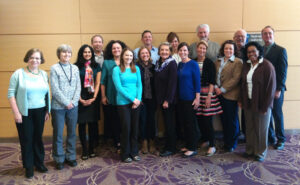
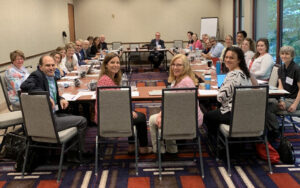

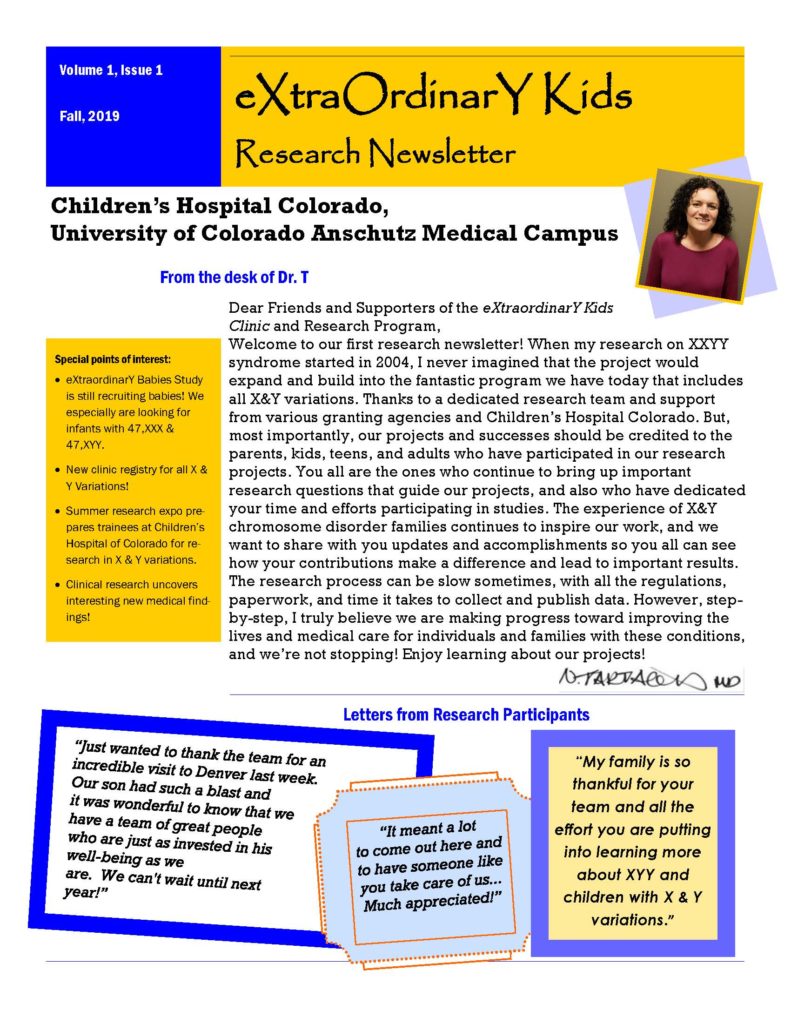

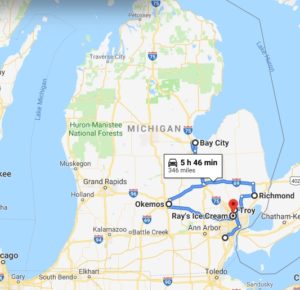 My favorite part of serving AXYS as your Executive Director is getting to know our community. In mid August I was in Michigan visiting my family and had the pleasure to meet 7 families in our community.
My favorite part of serving AXYS as your Executive Director is getting to know our community. In mid August I was in Michigan visiting my family and had the pleasure to meet 7 families in our community.
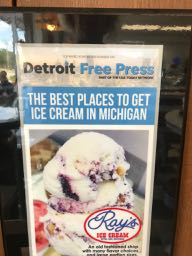 On Friday, Wendy and her son John, a 30-year-old with XXY, drove 75 miles to meet me, and Dan and Sonya who have a son with XXY. Wendy offered to share brochures with doctors in Grand Rapids. Thank you Wendy!!
On Friday, Wendy and her son John, a 30-year-old with XXY, drove 75 miles to meet me, and Dan and Sonya who have a son with XXY. Wendy offered to share brochures with doctors in Grand Rapids. Thank you Wendy!!
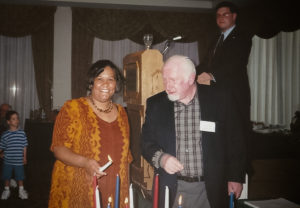 When KS&A was formed in 1989 by an Ann Landers letter that Melissa Aylstock had written, the organization took off from there. Melissa was very welcoming to new families, and to men newly diagnosed with KS. She ran the organization practically by herself. While her husband assisted, she was the webmaster and handled listserv duties when that started in 1997.
When KS&A was formed in 1989 by an Ann Landers letter that Melissa Aylstock had written, the organization took off from there. Melissa was very welcoming to new families, and to men newly diagnosed with KS. She ran the organization practically by herself. While her husband assisted, she was the webmaster and handled listserv duties when that started in 1997. So I got involved immediately just after returning from the 1996 national conference and wore a lot of hats and did a lot of work for her and the organization. I presented two sessions at the 1997 conference, as well as at the 1998 conference. I co-chaired the national conference in Baltimore in 1999 and planned a good conference with added bonuses as we were celebrating the 10th anniversary of the organization.
So I got involved immediately just after returning from the 1996 national conference and wore a lot of hats and did a lot of work for her and the organization. I presented two sessions at the 1997 conference, as well as at the 1998 conference. I co-chaired the national conference in Baltimore in 1999 and planned a good conference with added bonuses as we were celebrating the 10th anniversary of the organization.